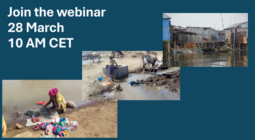
Webinar 28th March: One Health Approach: Going beyond the basics in the WASH sector
We invite to join the webinar on the “One Health Approach: Going beyond the basics in the WASH Sector. Time: March … Continued
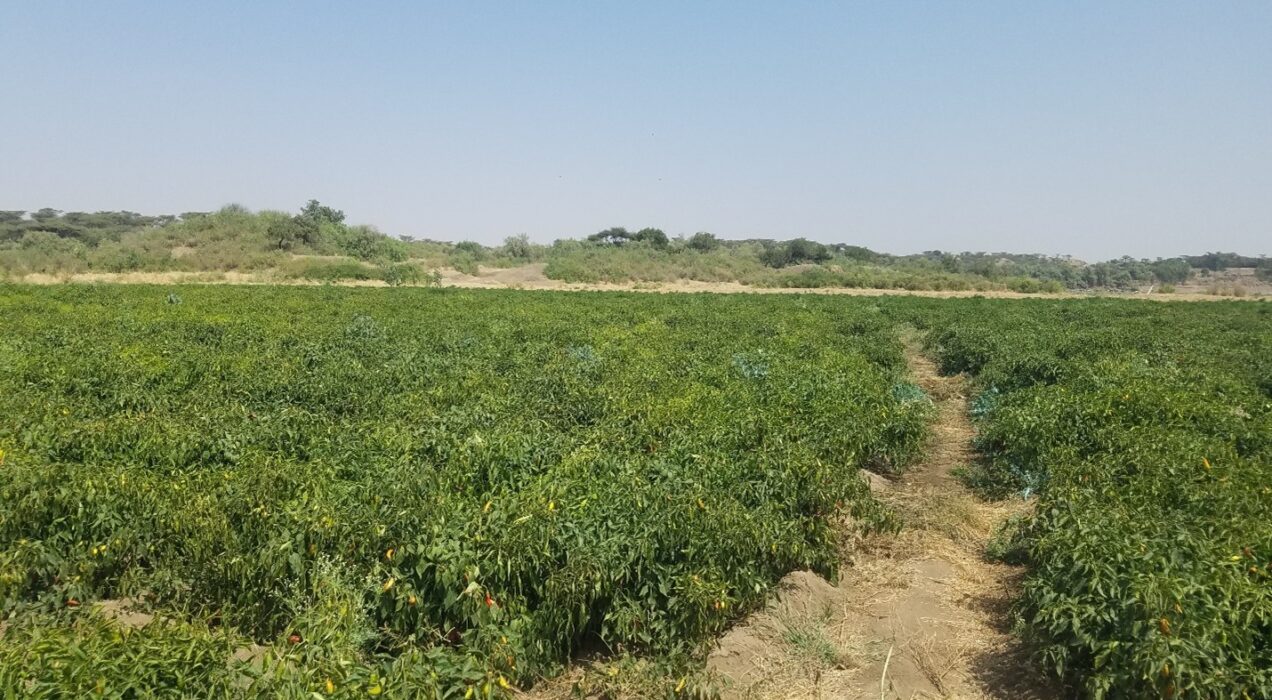

We invite to join the webinar on the “One Health Approach: Going beyond the basics in the WASH Sector. Time: March … Continued
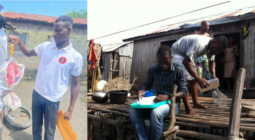
Auteurs: Lucía Moreno Spiegelberg, Joël Dossou, Jonas Etougbétché, Luwieke Bosma Click here for the English version of the blog. Nous étirons nos … Continued

Authors: Lucía Moreno Spiegelberg, Joël Dossou, Jonas Etougbétché, Luwieke Bosma Pour la version en français, cliquez ici. We stretch our tender … Continued
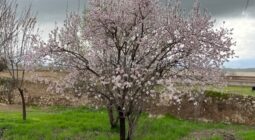
by Frank van Steenbergen New days are coming – they will always come. Every day is a time to change … Continued
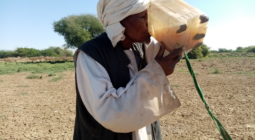
Our message on the occasion of World Water Day 2024 – MetaMeta Water connects lives and livelihoods. It connects people … Continued
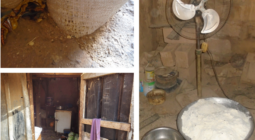
Authors: Lucía Moreno Spiegelberg, Karmadine Hima, Ibrahim Danzabarma Abdou-Aziz, Madougou Garba, Luwieke Bosma Pour la version en français, cliquez ici. … Continued
Auteurs: Lucía Moreno Spiegelberg, Karmadine Hima, Ibrahim Danzabarma Abdou-Aziz, Madougou Garba, Luwieke Bosma Click here for the English version of … Continued
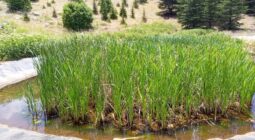
By Farah Kamaleddine and Sukru Esin While water resources, healthy soils and arable lands continue to degrade, population, industrialization and … Continued
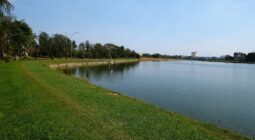
By Long Hoang, Katarzyna Kujawa-Roeleveld, Sumit Vij, Indra Firmansyah, Kamonashish Haldar, Tran Thu Trang, Le Minh Truong Inspirations from flagship … Continued
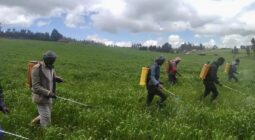
Author: Nardos Masresha Ethiopia’s agricultural sector has long been the backbone of its economy, providing livelihoods for most of its … Continued
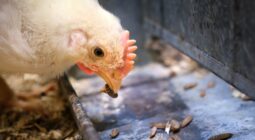
Authors: Dawit Kidane, Luwieke Bosma, Femke van Woesik In Ethiopia, small-scale poultry farmers grapple with scarcity and high-quality feed costs, … Continued
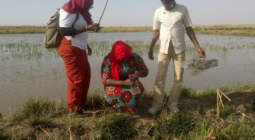
Authors: Luwieke Bosma, Ibrahima Sow, Yonas Meheretu and Ambroise Dalecky In the Senegal River Valley, as well as in other … Continued